Category: Defence Technology
INDIA FRANCE
24, Mar 2020
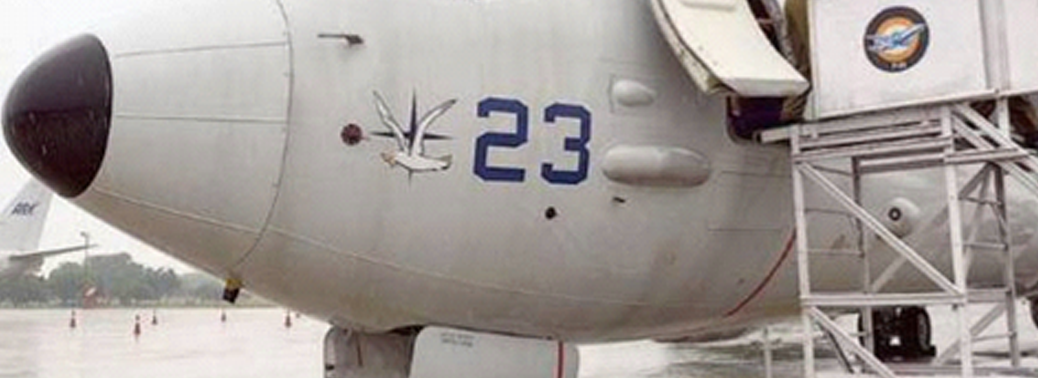
Why in News?
- Recently, India and France conducted joint patrolling for the first time from the Reunion Island. The patrolling was conducted in the month of February by a P-8I aircraft.
Highlights
- It is conducted under the ‘Neighbourhood First’ policy and broader maritime cooperation, the Indian Navy undertakes joint Exclusive Economic Zone (EEZ) surveillance with Maldives, Seychelles and Mauritius and Coordinated Patrols (CORPATs) with Bangladesh, Myanmar, Thailand and Indonesia.
- The objectives of the CORPATs are to ensure effective implementation of United Nations Conventions on Laws of the Sea (UNCLOS).
- The joint patrolling with France shows India’s intent to expanding its footprint in the Indian Ocean, focusing on the stretch between the East African coastline and the Malacca straits.
- India has carried out CORPATs only with maritime neighbours and had rejected a similar offer by the US in 2016. India has recently become an observer to the Indian Ocean Commission. It consists of Reunion as one of its members.
About Defence Relations between India- France
- The Indian navy is currently inducting French Scorpene conventional submarines, being built in India under technology transfer.
- The Indian Air Force will soon get the first batch of its 36 Rafale fighter jets from France.
- India is working with France to develop strategic and economic partnership involving Madagascar, Reunion Islands-Comoros so as to balance the growing influence of China in that part of the Indian Ocean Region.
- Some of their defence exercises are
- Gagan Shakti is conducted by the Indian Air Force to showcase its air dominance over the entire extended area of the Indian Ocean Region.
- Garuda Shakti is the joint military exercise between India and Indonesia.
- Mitra Shakti is the joint military exercise between India and Sri Lanka.
About P-8I Aircraft:
- The Boeing’s P-8A Poseidon is designed for long-range Anti-Submarine warfare (ASW), Anti-Surface Warfare (ASuW), and intelligence, surveillance and reconnaissance (ISR) missions.
- Its Indian variant is referred to as P-8I. Of a total of 12 ordered aircrafts, India has received eight, making the Indian Navy’s P-8 fleet the second largest in the world. Another four aircrafts are on-schedule to be delivered in 2020.
- It is not just responsible for coastal patrolling but is also used for other critical missions like search-and-rescue, anti-piracy, and supporting operations of other arms of the military.
- Reunion Island is a French overseas department and overseas region in the western Indian Ocean. It is located about 420 miles (680 km) east of Madagascar and 110 miles (180 km) southwest of Mauritius.
About United Nations Convention on the Law of the Sea (UNCLOS):
- It is an international treaty which was adopted and signed in 1982. It replaced the four Geneva Conventions of April, 1958, which respectively concerned the territorial sea and the contiguous zone, the continental shelf, the high seas, fishing and conservation of living resources on the High Seas.
PRECISION APPROACH RADARS (PARS)
29, Aug 2019

Why in News?
- A contract for installation and commissioning of nine Precision Approach Radars (PARs) was concluded today between Ministry of Defence and M/s Data Pattern (India) Pvt Ltd at a cost of Rs 380 crores under ‘Buy Indian’ category.
- The state-of-the-art radars incorporating latest Phased Array technology will be installed at Indian Naval Air Stations and Indian Air Force Stations.
Precision Approach Radars:
- Precision Approach Radar (PAR) is a primary radar used at aerodromes for approach operations based on specific procedures for the pilot and the controller; however, the use of PARs for civil applications is rapidly decreasing. Precision Approach Radar offers the possibility of a safe landing even in poor visibility conditions.
- The radar is placed near the mid-point of the runway (at a distance up to 6.000 ft) and works remotely. The radar is particularly important in situations when the pilot has limited sight (because of fog, rain, etc.).
- In this situation, the radar has to provide the approach controller with maximum quality radar display complemented by computer evaluation of speed, deviations from glide path (or glide slope) and course line, the distance from the previously approaching aircraft, etc.
- Traffic controller provides highly accurate navigational guidance in azimuth and elevation to a pilot so that he can keep his aircraft aligned with the extended centreline of the runway.
- The accuracy of the radar permits lower minimum descent than a non-precision approach. Thus, the pilot has a better chance of seeing the ship or airfield in bad weather conditions.
DRDO SUCCESSFULLY FLIGHT-TESTS QRSAM
04, Aug 2019

Why in News?
- Defence Research Development Organisation (DRDO) today successfully flight-tested its state-of-the-art Quick Reaction Surface-to-Air Missiles (QRSAM) against live aerial targets from Integrated Test Range (ITR), Chandipur.
QRSAM:
- Quick Reaction Surface to Air Missile (QRSAM), with a strike range of 25 km, is being developed by the DRDO for the Indian Army.
- The all-terrain and all-weather missile with electronic counter-measures against jamming by enemy aircraft can be mounted on a truck and stored in a canister.
- Before this test, on February 26, two rounds of tests were successfully carried out.
- This missile can be rotated 360 degree while on the way to its target.
- QRSAM is also able to use as an anti-sea skimmer from a ship against low flying attacking missiles. QRSAM employs dual thrust propulsion stage using high-energy solid propellant.
QRSAM Test:
- DRDO conducted two different tests for different altitude and conditions. DRDO closely observed both tests and found that flights successfully demonstrated the Aerodynamics, high manoeuvring capabilities, Robust Control, Structural performance and Propulsion thus proving the design configuration.
- Electro-Optical Systems, Radars, Telemetry and other equipment have monitored and tracked the missiles through the entire flights. DRDO announced that all the mission objectives have been met.
POST BALAKOT, INDIAN AIR FORCE ZEROES IN ON KEY VULNERABILITY
29, May 2019
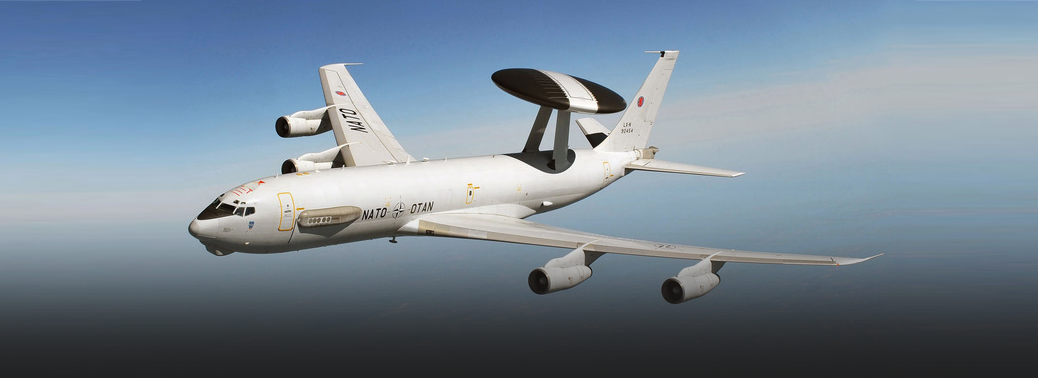
Why in News:
- After Balakot air strike, the Indian Air Force (IAF) has identified a shortage of Airborne Warning and Control System (AWACS) aircraft to provide round-the-clock surveillance as a major deficiency
Background:
Airborne Warning and Control System (AWACS):
- This system has the ability to detect incoming cruise missiles, fighter jets or even drones from both Pakistan and China.
- China has over 20 AWACS while Pakistan has 8 AWACS.
- The indigenous AeW&CS has completed all tests and certification.
- Pegged as a “force multiplier”, the system is equipped with a 240-degree coverage radars in contrast to the existing Phalcons, which provide a 360-degree coverage over a 400-km range.
- The AEW&C system will detect, identify and classify threats present in the surveillance area and act as a Command and Control Center to support Air Defence operations.
- Besides, the system will support IAF in offensive strike missions and assist forces in the tactical battle area.
- The Electronic and Communication Support Measures of the system can also intercept and gather electronic and communication intelligence from radar transmissions and communication signals.
IAF RECEIVES FIRST AH-64E APACHE ATTACK HELICOPTER
12, May 2019

Why in News:
- The first AH-64E Apache attack helicopter built for India was formally handed over to the Indian Air Force (IAF) at the Boeing production facility in Mesa, Arizona in the U.S.
Details:
- The helicopter has been customised to suit IAF’s future requirements and would have significant capability in mountainous terrain. The helicopter has the capability to carry out precision attacks at standoff ranges and operate in hostile airspace with threats from ground. The ability of the helicopters, to transmit and receive the battlefield picture, to and from the weapon systems makes it a lethal acquisition.
AH-64E / Features:
- AH-64E Apache is one of the leading multi-role attack helicopters globally and is flown by the US Army.
- The Apaches are armed with stinger air-to-air missiles, Hellfire Longbow air-to-ground missiles, guns and rockets. Its features include joint digital operability, improved survivability and cognitive decision-aiding.
Significance:
-
The addition of AH-64 E (I) helicopter is a significant step towards modernisation of Indian
Air Force’s helicopter fleet. - The helicopter has been customised to suit the IAF’s future requirements and would have
significant capability in mountainous terrain. - It has the capability to carry out precision attacks at standoff ranges and operate in hostile airspace with threats from ground.
- Its ability to transmit and receive the battlefield picture, to and from the weapon systems through data networking makes it a lethal acquisition.
F 16 Aircraft
02, Mar 2019

In News
- A day after India raked up contract details between the United States and Pakistan on the AMRAAM missile fired from an F-16 aircraft and shared the information with American interlocutors to bolster its case about the misuse of the fighter aircraft against India, the US sought more information on the matter.
About:
- US State Department was seeking more information on the potential misuse of American-made F-16 fighter jets by Pakistan against India in violation of the end-user agreement.
- Due to non-disclosure agreements in Foreign Military Sales contracts, it cannot discuss the specifics of end user-agreements contained within.
- There is enough evidence to show that F-16s were used in this mission and Pakistan is trying to hide this fact.
- Also, parts of AMRAAM air-to-air missile, which is carried only on the F-16s in PAF, were recovered east of Rajouri within Indian territory.
- Tthe contract details and the part of the missile show the use of F-16s in the air strike since the US, which sold the fighter jets to Pakistan, does not allow these platforms to be used in an offensive role.
- Previously Pakistan said that no F-16 fighter jets were used and denied that one of its planes had been downed by the Indian Air Force. It claimed that no F-16 was part of the operation any such admission would violate US sale conditions of not letting Pakistan use F-16s in an offensive role.
Background:
- The General Dynamics F-16 Fighting Falcon is a single-engine supersonic multirole fighter aircraft originally developed by General Dynamics for the United States Air Force (USAF).
- Designed as an air superiority day fighter, it evolved into a successful all-weather aircraft.
- The F-16 is a single-engine, highly manoeuvrable, supersonic, multi-role tactical fighter aircraft with a maximum speed of over Mach 2.
- In 2016, India had strongly opposed the US decision to sell eight F-16s to Pakistan, which also could not pass the muster in US Congress for Foreign Military Funding. This meant that the order was never placed.
- The United States, which is the largest seller of high-tech defence equipment globally, and has a strong end-user monitoring agreement, as a matter of practice takes all allegations of misuse of defence articles very seriously.
- But before making any judgement or arriving at any conclusion, it needs to establish some facts on the ground, if there has been any violation by Pakistan to the F-16 end-user agreement it signed by the United States.
- F-16 jets were meant to be used to “enhance Pakistan’s ability to conduct counter-insurgency and counterterrorism operations. Publicly available documents reveal that the US has imposed nearly a dozen restriction on Pakistan related to its use of F-16.
- AMRAAM missiles allow a fighter pilot to target an enemy aircraft that is beyond visual range, in day or night, and in all-weather conditions. The AMRAAM has an autonomous guidance capability, which allows the pilot to manoeuvre immediately after the missile’s launch.
Qrsam Missile
27, Feb 2019
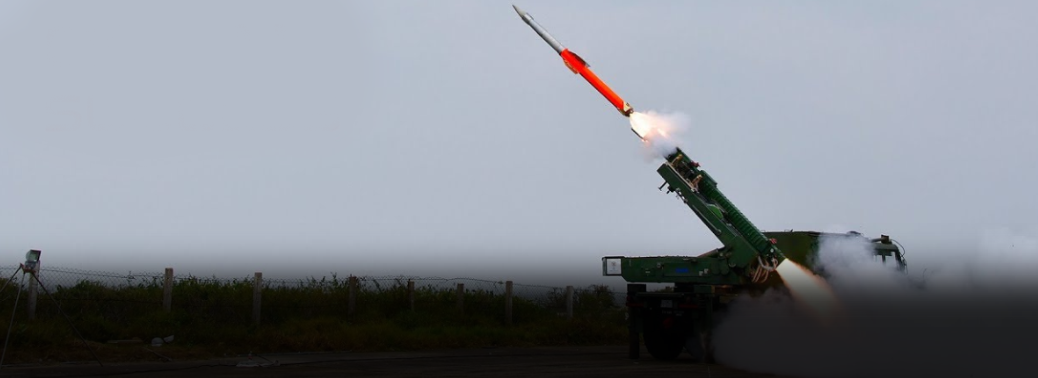
- India on Tuesday successfully test fired the short-range Quick Reaction Surface-to-Air Missile (QRSAM) from a test range along the coast of Odisha.
About:
- Developed by the Defence Research and Development Organisation (DRDO), the QRSAM missile has a strike range of 25 km to 30 km and has a capability of engaging multiple targets. The sleek and highly mobile air defence system has been developed for the Indian Army.
- The indigenously developed QRSAM will replace the ‘Akash’ missile defence system which is on its way out due to technological obsolescence.
- A QRSAM is different from normal air defence system, as this is an all-weather, all-terrain missile with electronic counter measures against jamming by aircraft radars.
- The QRSAM, which has already been tested in the past, was test fired from a rotatable truck-based launch unit at Chandipur in Odisha’s Balasore district. According to sources, two missiles were tested from Integrated Test Range (ITR) at Chandipur.
Background:
- The missile was first tested on June 4, 2017 and this was followed by the second successful test on July 3.
- The test firing comes on a day when a dozen of Indian Air Force fighter jets blew up terror camps across the Line of Control in Pakistan. India launched an airstrike inside Pakistan territory early today in response to the Pulwama attack of February 14 that claimed the lives of 40 CRPF jawans.
- The jets dropped 1,000 kg laser-guided bombs on terrorist camps in Balakot in Khyber Pakhtunkhwa province, Muzaffarabad, and Chakothi. India’
BRAHMOS
22, Feb 2019

- A sleeker, more lethal version of the supersonic cruise missile BrahMos is under development and the prototype should be ready for testing in about three years.
About:
- The idea is to have a smaller missile with the same capabilities. So the missile will fly at 3.5 times the speed of sound instead of 2.8 Mach. The range will remain at 300 km.
- For this several mechanical components in the missile are being replaced with electrical components which will also reduce the size. A structural study has been carried out and several sub-systems have already been developed.
- BrahMos is a joint venture between India and Russia and named after Brahmaputra and Moscowa rivers. It is capable of being launched from land, sea, sub-sea and air against surface and sea-based targets. The development trials of an anti-shipping variant began in 2003 and combat trials began in 2005.
- The reduced weight enables the NG variant to be carried by the indigenous Light Combat Aircraft (LCA). An LCA can carry two missiles while a Su-30MKI can carry five of them.
Tejas – FOC
21, Feb 2019
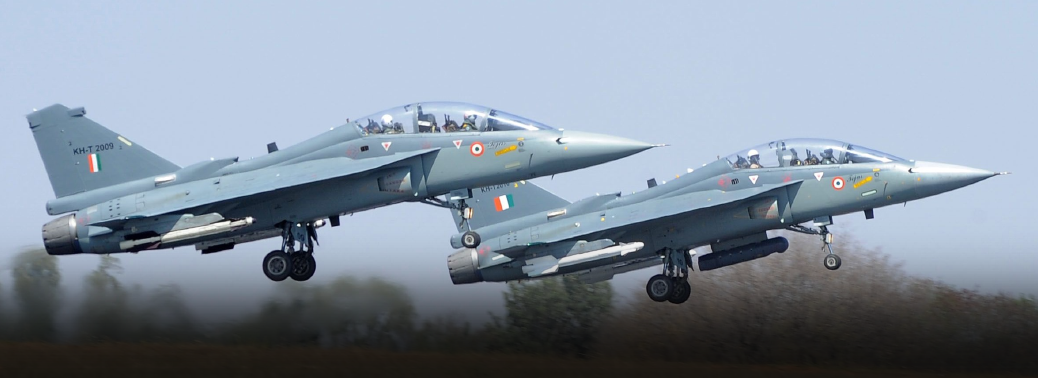
- More than three-and-half decades after the Light Combat Aircraft (LCA) or Tejas was conceived, the programme got a shot in the arm as it was accorded the Final Operational Clearance (FOC) by aviation certifying authorities, raising the hope of the Indian Air Force (IAF) that has been grappling to cope with its ageing fleet.
About:
- The release to service document, known as FOC, was handed over at the ongoing Aero India in Bengaluru. The LCA, that began as an ambitious programme in 1983, had proved that it could not just sustain a very high sortie rate but also carry out accurate weapon delivery of both air-to-air and air-to-ground targets.
- The FOC coming at a time when several defence procurements of successive governments have been held to public scrutiny over alleged scams and kickbacks, especially in the run up to the parliamentary elections, scheduled to be held later this year.
- Procedural delays among other hurdles has had a crippling effect on the Indian armed forces who are forced to continue using outdated technology, weapons and systems despite the consistently swelling defence budget.
- The IAF’s interests in acquiring more Hindustan Aeronautics Limited (HAL) developed products raising the hope for the cash strapped public sector unit, whose fortunes and order books have slimmed down in recent years.
AERO India – 2019
21, Feb 2019
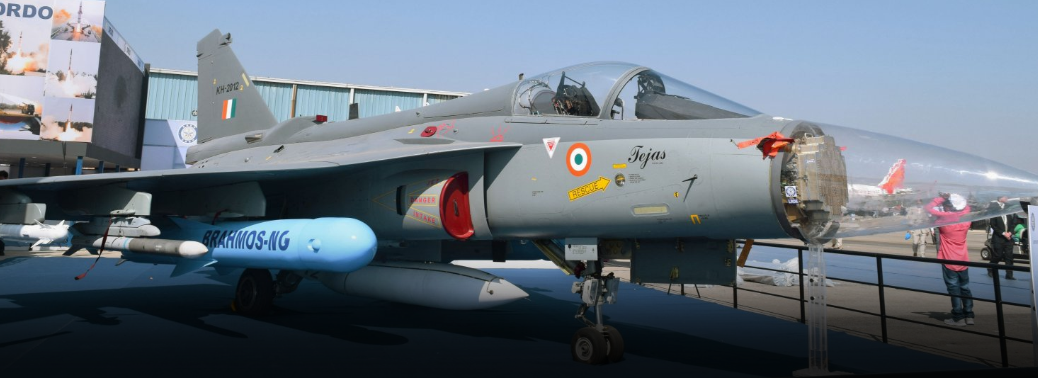
Asia’s biggest air show Aero India-2019 will open Yelahanka air force station in Bengaluru, showcasing aerospace majors and their technologies and products, which include helicopters, fighter jets and transport aircraft.
About:
- The 12th edition of Asia’s premier show will be a five-day-long biennial event, exhibiting India’s defence prowess will also have aerobatic teams like India’s Sarang (ALH-Dhruv) and UK-based Yakovlevs will engross the audience present at the show.
- The will also be a platform for aviation companies to forge new alliances and contracts.
- Aero India 2019 endeavours to put India as the global runway of a billion opportunities as invitees includes Ministers, heads of global defence aerospace companies, corporate and government policymakers, military brass, entrepreneurs, delegates and exhibitors from across the world were at the event. After many years, the edition brings civil aviation back to a largely military show. The Ministry said it was the biggest so far, with 403 exhibitors and 61 aircraft in static or flying displays. 61 metal birds, including HAL’s indigenous products Light Combat Aircraft Tejas will soar high in the city’s skies. On static display will be HAL’s Light Utility Helicopter (PT-1), Light Combat Helicopter (TD-2), Advanced Light Helicopter (Rudra) and ALH MICU (Medical Intensive Care Unit).
- However, the event will be shrouded by the tragic death of an Indian Air Force (IAF) pilot from its aerobatic team Surya Kiran during the rehearsal earlier. Two British-origin Hawk advanced jet trainers collided and crashed mid-air during a rehearsal session.
- Another controversy surrounding this edition of the event were reports that it has been shifted to Uttar Pradesh, leading the state government to lash out at the central government for the alleged move.
- According to the Aero India official website, a total of 61 aircraft will be put on display and 403 exhibitors will be a part of the 5-day event.
The Last of the Elusive Pangolins
19, Feb 2019

- Obsession for its supposedly medicinal scales in China is believed to have made the ant-eating Chinese Pangolin, one of two species found in South Asia, extinct in India.
- The pangolin is the most trafficked mammal in the world.
- Though hunted for its meat across the north-eastern States and in central India
- The Demand for its scales in China has made it the most critically endangered animal in less than a decade.
- On World Pangolin Day, wildlife experts mourned the “possible extinction” of the Chinese Pangolin in the northeast and the likelihood of the Indian Pangolin found elsewhere in India of being wiped out in a decade or so. The third Saturday of February is observed as the day of the scaly nocturnal ant-eater, which activists say is an animal very few even forest officials know about.
- The Chinese Pangolin was officially categorised as critically endangered in 2014, but it is extinct today. The Indian Pangolin, marked endangered that year, is now critically endangered and disappearing fast,”
- The STF had busted one of the biggest international gangs of wildlife body parts smugglers. It arrested 159 people across 14 States and registered 12 cases, mostly for pangolin scale smuggling.
Northeastern gateway:
- Investigations by wildlife crime sleuths have revealed that almost 90% of smuggling of pangolin and pangolin scales is through the northeast.
- From elsewhere in India, the scales are smuggled out to China via Myanmar at Moreh in Manipur and Champhai in Mizoram. But there are numerous gateways along the border with Myanmar. This is why checking the smuggling network in the northeast is crucial for the survival of the last of the pangolins.
- Smaller animals like pangolins get indirect benefit of the focus on larger ones such as rhino, tiger, and elephant.
Killed Cruelly:
- Sadly, there is no survey of pangolin, which get smoked out of their burrows and killed cruelly by being thrown into boiling water. The animal used to be killed for meat until people learnt there was illegal money in its scales.
- The Chinese Pangolin has not gone the way of the dodo. Conservation policies have to look beyond major species, but the world needs to tell China that pangolin scales – like rhino horns – are made of keratin that produces human hair and nails and has no medicinal value.
DRDO Looking for Partnership
19, Feb 2019
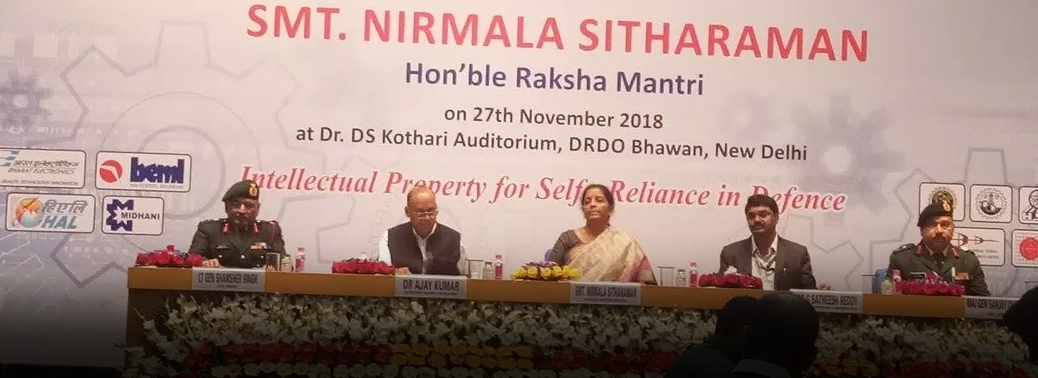
- The Defence Research and Development Organisation (DRDO) is looking for potential partners to co-develop an engine for its planned Advanced Medium Combat Aircraft (AMCA) and five other future technologies.
About:
- It is on the lookout for collaborators to realise the other military technologies that it hopes to have in around five years Unmanned Combat Aerial Vehicles (UCAVs) and UAVs, materials, sensors, avionics, and artificial intelligence, he said at the inauguration of a two-day international seminar connected with Aero India 2019.
- In all six areas, DRDO looking for partners with the capability and experience, within the country or outside. An aeroengine of the 110-kilo Newton type that we want for the AMCA is not available. Materials development is another very important area for making aircraft or missiles light and stealthy [or undetected]..
- Industry would be enlisted at the beginning of a project so that it can begin production as a natural partner. At present, the focus is on consolidating ongoing R&D activities and ensuring they reach the logical end.
- Indigenous technologies were being given a push. Minor innovators and startups are also being tapped for new concepts that the DRDO can try out. The new time-bound ‘Dare to Dream’ challenge has received 1,000 responses from individuals and startups.
Navy to set up New Air base in Port Blair
08, Jan 2019
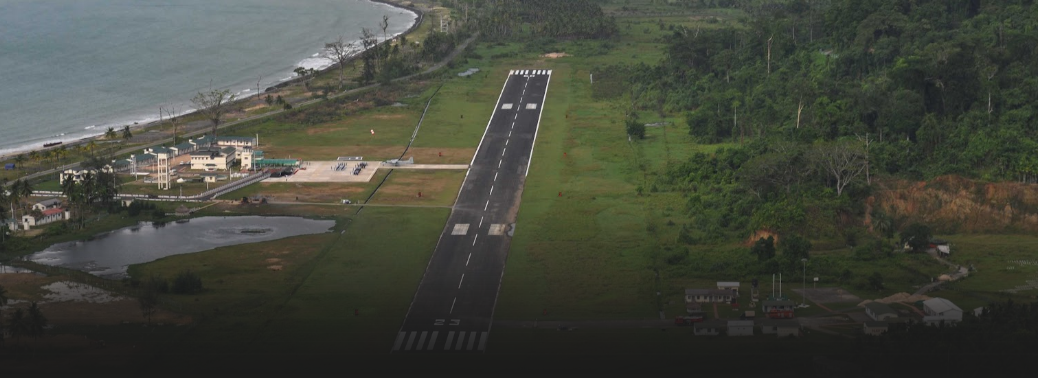
Context:
- The Navy to commission a new airbase 100 miles north of Port Blair in the strategically located Andaman and Nicobar Islands.
Details:
- Upon commission, this will be India’s fourth air base and the third naval air facility in the archipelago, which are closer to Southeast Asia than to the Indian mainland, overlooking key sea lanes of communication and strategic choke points. According to the officials, the base will initially operate choppers and Dornier short-range surveillance aircraft and will have a runway of about 3,000 m which will in phases be extended to 9000 m to support all kinds of aircraft including fighter jets.
- As part of the upgrade, the base will feature staging facilities, a fuel dump and maintenance and repair facilities.
Chinese Lunar Rover Named as ‘YUTU 2’
05, Jan 2019

Context:
- China has named the lunar rover, successfully deployed to carry out a string of experiments on the unexplored far side of the moon, as ‘Yutu 2’.
Details:
- It is said that China’s lunar probe is part of its ‘Made in China-2025’ project, which focuses on advanced technology, including space applications.
- The lunar rover follows the BeiDou Navigation Satellite System — China’s homegrown Global Positioning System that started worldwide service last month. Next year China plans to launch its Mars explorer mission. In 2022, it hopes to complete its own earth-orbiting space station. The rover has been programmed to launch ground penetration radar that would help map the moon’s inner structures. It would also analyse soil and rock samples for minerals, apart from activating a radio telescope to search for possible signals from deep space.
About Lunar Rover:
- The lunar rover has been launched to experiment the far side of the moon.
- The robotic spacecraft is carrying instruments to analyse the unexplored region’s geology and will conduct biological experiments.
- This is the pioneering achievement as earlier moon missions that have landed only on the Earth-facing side, this is the first time any craft has landed on the unexplored and rugged far side of the moon.The scientific tasks of the mission include low-frequency radio astronomical observation, surveying the terrain and landforms, detecting the mineral composition and shallow lunar surface structure, and measuring the neutron radiation and neutral atoms to study the environment on the far side of the moon.
Improved Light combat Aircraft gets green Light for Production
04, Jan 2019
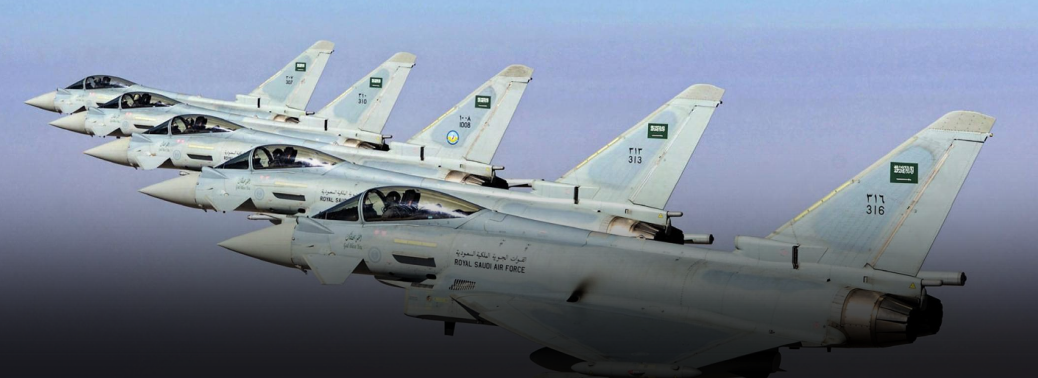
Context:
- Light Combat Aircraft (LCA) Tejas progressed towards manufacture in an enhanced, battle standard format.
Details:
- The LCA is being designed and developed by the Aeronautical Development Agency (ADA) in Bengaluru.
- A new limited clearance from military airworthiness certifier CEMILAC for the Indian fighter green-lights its production in a superior lethal version.
- HAL aims to get the first aircraft out in late 2019.
- The Indian Air Force (IAF) has asked Hindustan Aeronautics Limited (HAL) to make 40 LCA aircraft.
- Of this, 20 will be in the advanced Final Operational Clearance (FOC) format. Another 20 are in the earlier Initial Operational Clearance (IOC) version.
- The IAF has modified and upgraded its trainer requirement in its old package order of 40 LCA aircraft.
Light Combat Aircraft:
- A Light combat aircraft is a light multirole military aircraft most coming from advanced trainers that have been modified or designed for engaging in light combat missions, either in light strike or attack missions, reconnaissance or interdiction roles while some keeping its trainer role.
- They are also slower than their bigger counterparts capable only of subsonic speed though some are capable of reaching mach 1+.
- Although equipped with either guns or short range air-to-air missiles it is usually for self-defense purpose or anti-hostile aircraft/helicopter missions not for air defense as lightweight fighters do, though some are capable of air combat or point air defense missions due to integrated or have variants capable of carrying powerful multi-mode radar systems, most LCAs don’t have such due to their small limited design or are less powerful.
- However, they can still be used to patrol the skies and implement border patrol or air policing.
Anti-Runway and Anti-Tank Missiles Tested Successfully
18, Aug 2018
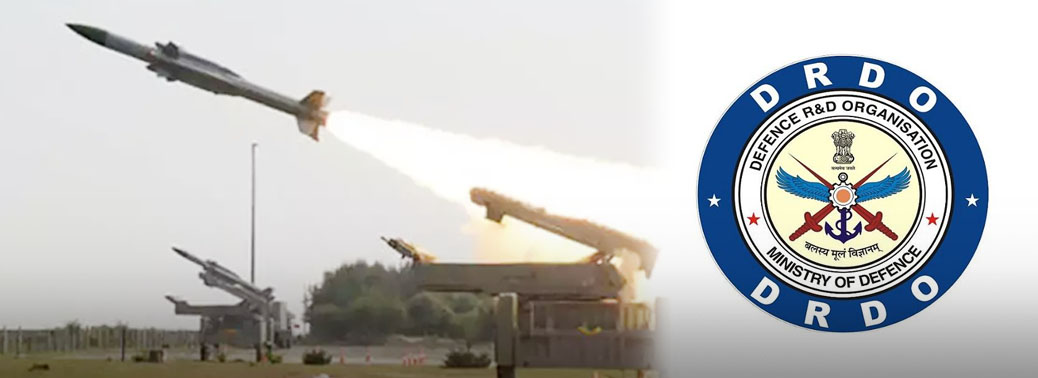
- The defence ministry announced the success of two major new indigenous weapon systems developed by the Defence R&D Organisation (DRDO).
Missiles that are tested:
- Smart anti-airfield weapon (SAAW)
- Helina (Helicopter launched Nag missile)
SAAW:
- The SAAW is an accurate bomb and is termed a long-range precision-guided munition (PGM).
- After its release from an aircraft, a sophisticated “inertial navigation system” on the bomb guides it precisely to its target — typically an enemy airfield up to 100 km away.
Advantages of SAAW:
- Striking the airfield’s runway precisely with one bomb is more economical than using traditional free-fall bombs, which are less accurate and must therefore be released in large numbers to be assured of incapacitating the target airfield.
- Another advantage of SAAW is that, after releasing it at a distance from the enemy airbase, the aircraft can return without exposing itself to anti-aircraft defences surrounding most air bases.
- It is capable of destroying runways, bunkers, aircraft hangers and other reinforced structures.
- The bomb, which is said to have higher precision and much cheaper compared with missiles, can be carried on IAF’s various aircraft like Jaguar and MiG
Helina:
- Indigenous Dhruv helicopter launched a HELINA anti-tank guided missile (ATGM) at a tank target seven kilometres away, successfully striking and destroying it.
- The missile is one of the most advanced anti-tank weapons in the world.
- It is a heavier and longer-range version of the vehicle mounted Nag missile with a 4-km range.
- The Missile is guided by an Infrared Imaging Seeker (IIR) operating in the Lock on Before Launch mode.
Brahmos Missile
28, Jul 2018
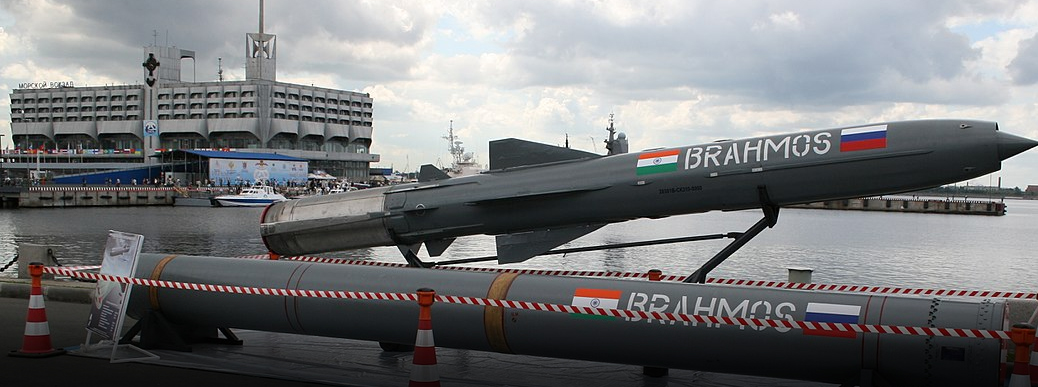
Why in News?
India achieved another milestone in its defence preparedness by successfully test firing BrahMos supersonic cruise missile amidst extreme weather conditions at sea state 7 (waves as high as 9 meter with strong wind) at Balasore, odisha.
The missile was tested as part of the service life extension program for the Indian Army as it is the first missile whose life has been extended from 10 years to 15 years.
About the Missile:
Brahmos is a supersonic (app. thrice the sound of the speed) cruise missile.
It is a joint venture of DRDO of India and NPOM of Russia which has been named after two rivers Brahmaputra and Moskva (river in western Russia).
Technical specification:
- It is two stage missile where first stage is being a solid and second stage is ramjet liquid propellent.
- It is self-propelled guided missile which operates on “fire and forget principle”.
- It has low radar signature along with pin point accuracy.
- It is capable of being launched from land, sea, sub-sea and air against sea and land targets. • It carry both conventional and nuclear warhead weighing Upto 300 kg.
- It has unique feature of quicker engagement time and non-interception by any known weapon system in the world. • Its Airforce version is under developmental tests, the missile has already been inducted in the Army and the Navy. • Initially, developed for 299 km, the strike range of the weapon system has been increased to 450 km after India’s full membership to the Missile Technology Control Regime (MTCR), which removed caps on range of cruise missiles.






